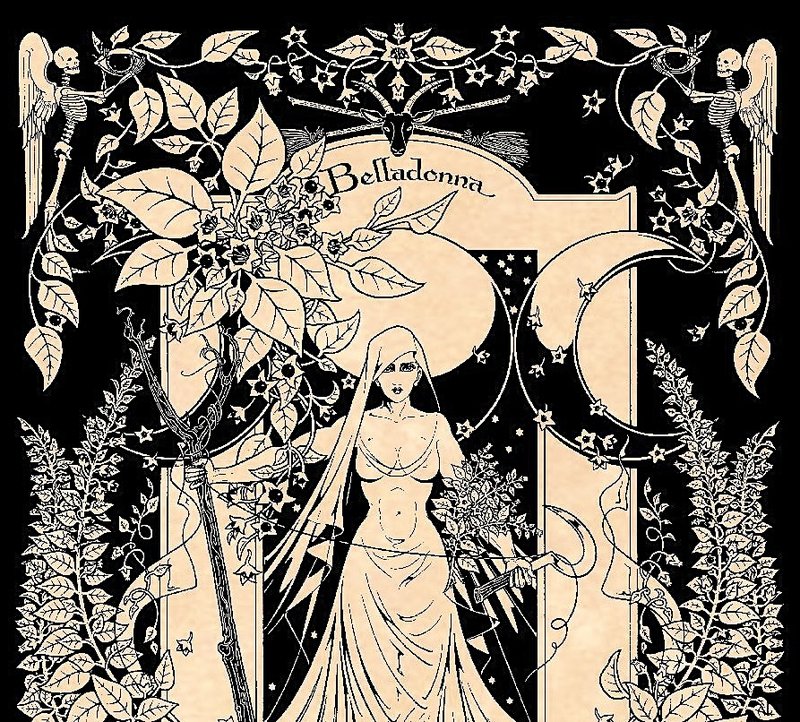
In From Zalmoxis to Genghis Khan, Mircea Eliade dedicates an entire chapter to the symbolism of mandrake (Atropa Belladonna), highlighting the distinct traits of a magical-religious cult rooted in the aspiration for harmony. “The mandrake root can indeed have a direct influence on the vital forces of man or nature: it has the power to get girls married, to bring luck in love, and fertility in marriage; it can increase the milk yield of cows; it favors the success of businesses, and brings wealth…”
Eliade analyzes Romanian rituals and incantations related to this cult, concluding that the mandrake appears as an embodiment of the mistress, the mother, or the dominant feminine principle—exerting both positive and negative influences upon the world. It is the herb of both life and death.
In his fiction, this motif is rendered symbolically in the novella On Mântuleasa Street. There, summoned in a ritual, the plant comes to life, just as in folk beliefs:
“Out of the weeds suddenly rose a figure—an old woman of sorts, in rags, with disheveled hair and a necklace of gold around her neck.”
This vision is part of the mythic reconstructions of a lost world, evoked by the storyteller Zaharia Fărâmă. He recounts incredible happenings, with the aim of seducing and tempting—and he largely succeeds. The mandrake’s transformation into a wild-haired crone here suggests the plant’s nearly sinister side, as it had been invoked by the giant girl, Oana. Her departure from the vegetal realm heralds a series of erratic events and cursed experiences. After invoking the mandrake, Oana leaves for the mountains to find her destined partner. But her blood is cursed by Selim, and wherever she passes, chaos and unrest follow—marked by lust, zoophilia, and the worship of pagan gods.
The curse is deepened by the ritual itself: traditionally, summoning the mandrake without proper preparation—or while violating magical rules—brings madness or illness upon the careless summoner.
(cf. I. A. Candrea – Romanian Medical Folklore Compared, Polirom Publishing, 1999, p. 251)
*Doina Ruști – *Dictionary of Symbols in the Work of Mircea Eliade, Coresi Publishing, 1997.